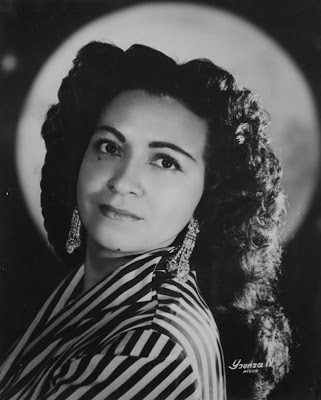By
Juan MontoyaThis Thanksgiving, Juan (not his real name) was glad to be a free man.
After almost eight years of being bounced around different facilities in the Texas Department of Corrections, a parole board had decided that he had shown the incentive to get an education (GED, ABA) and had kept his nose clean in the penitentiary.

Still a young man – he turned 28 recently – Juan had committed his crime (assault) when he was still in his teens. While on the inside, he had gotten certification in carpentry, construction, and air conditioning. He was eager to make a go at it on the outside.
After a long process, he was allowed to return to Brownsville. As soon as he got out, he reported to his parole officer, registered with the Project Rio, and looked ahead to rebuild his life.
He even enrolled in the University of Texas at Brownsville-Texas Southmost College for the upcoming semester.
At first, the parole requirements were just a nuisance.
Juan is restricted to stay at his home through electronic monitoring and is told how many hours he can be outside the home. While he is required to perform job search, he must be out of the house at 8:30 a.m. and be back by 12:30 p.m. The rest of the time he has to be inside the house.
"Who's going to hire me for four hours?" he asks. "One of my relatives has a construction company, but I can't work for him because the PO says that it shows favoritism. "Any way you look at it, nothing will add up to 30 hours in this way," he said."
There are other obstacles. For example:
1. Employers require that parolees get a Texas Worker I.D. Card (TWIC). Without such a card, they cannot work at the Port of Brownsville, or with any company that serves children as clients. Two companies at the port have offered Juan employment, but without the card, he can’t get on the premises. He can't even apply for slots in Project Rio because they “can’t hire ex-cons”
2. His PO constantly tells him and other that “if you don’t find a job, we're sending you back to jail?”
3. Juan has already seen several parolees sent back to prison because they can’t find a job in the local job market. With local unemployment hovering at 12.5 percent, even skilled people without records are having a hard time keeping a job if they have one. The system as it stands is basically programmed to make them fail.
4. We have a Border Wall. But undocumented immigrants still come across and work for $20 a day in construction. How can parolees compete with this cheap labor?
5. Parolees who do get interviewed for employment are also required to have a medical examination. At 27, he is too old to qualify under his parents' insurance policy. It will cost them more than $300 more per month to get him insured so he can get the exam. The exam itself, when paid in cash, will cost about $670.
"Why doesn’t the Texas Department of Criminal Justice give them the examination and certificate before they leave prison?" asks his mother.
6. The same applies to the requirement they attend a drug abuse program. Why, Juan asks, must he do this outside when he could have done this while he awaited his parole board decision? This makes it much harder for him to dedicate his time to job search. Surely, his parents say, the TDCJ already hires counselors who could conduct the seminars and not burden the parolee with this additional cost and travel.
7. Juan is not allowed to have access to all areas of his parents' home. If he did, it could help his elderly father mow his lawn and save their strained budget an additional $50. Juan can only watch from the inside through the window.
8. To date, Juan knows of no parolee for whom Project Rio has found a job. They are entirely on their own. It’s no wonder that in Harris County, more than 70 percent of the parolees return to prison.
His parents say that the TDCJ officials and Project Rio counselors must adjust to the reality around them. The parolees are trained with obsolete technology while they're inside, they say.
"Why teach someone how to overhaul a 1950 motor when what they will encounter outside is a 2010 model?" they ask.
There has been a 22 percent loss of jobs in South Texas since 1982. Parolees, if they are to be successfully integrated into the job market, must be equipped with 21st Century tools and skills.
Juan got several tattoos while he was inside which he is having removed. He was afraid that there would be retaliation by gangs inside if he didn’t get the “colors.” That alone acts as a barrier to get a job in Brownsville.
Even after all of this, Juan is still trying.
He has transportation, a home, attends all the required meetings, has a job offer, a telephone, and whatever else has been required of him, yet he feels that the constant demands of the Project Rio counselors and his Parole Officer almost make it seem that they are expecting him to fail.
His family cannot believe that this is the purpose of parole: to make it so difficult for a parolee immersed in a job market with an over 12.5 percent unemployment rate, without a TWIC, without a support group, and without financial help for drug abuse programs, medical examinations, etc., that they will be sent back to prison.
His parent, fortunately, are able to help Juan out. Others are facing an uphill fight.
"I am able to help my son because after a long life of work, I do have some resources to help him put back his life together," his father said. "Can you imagine others who don’t?"




























